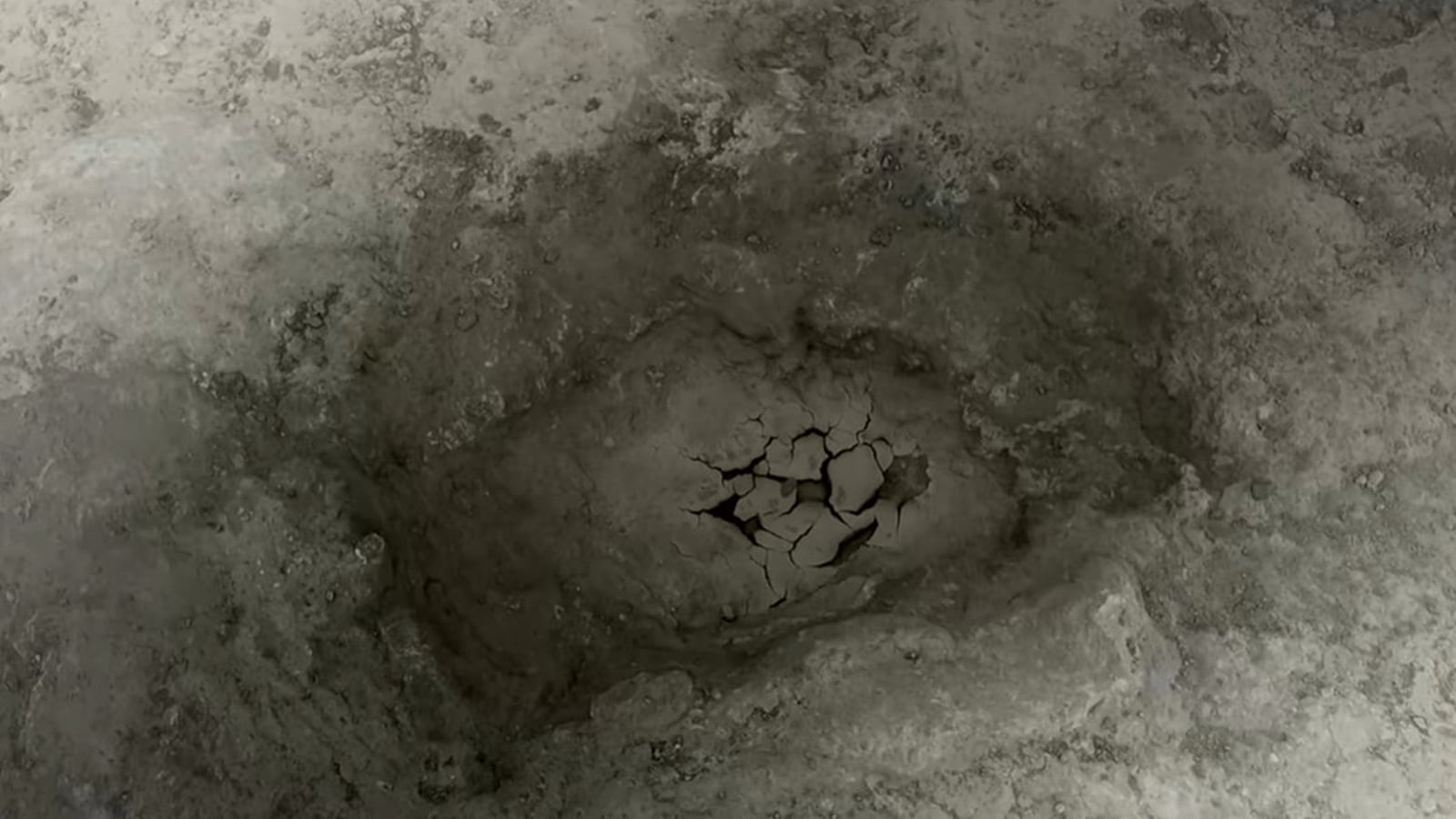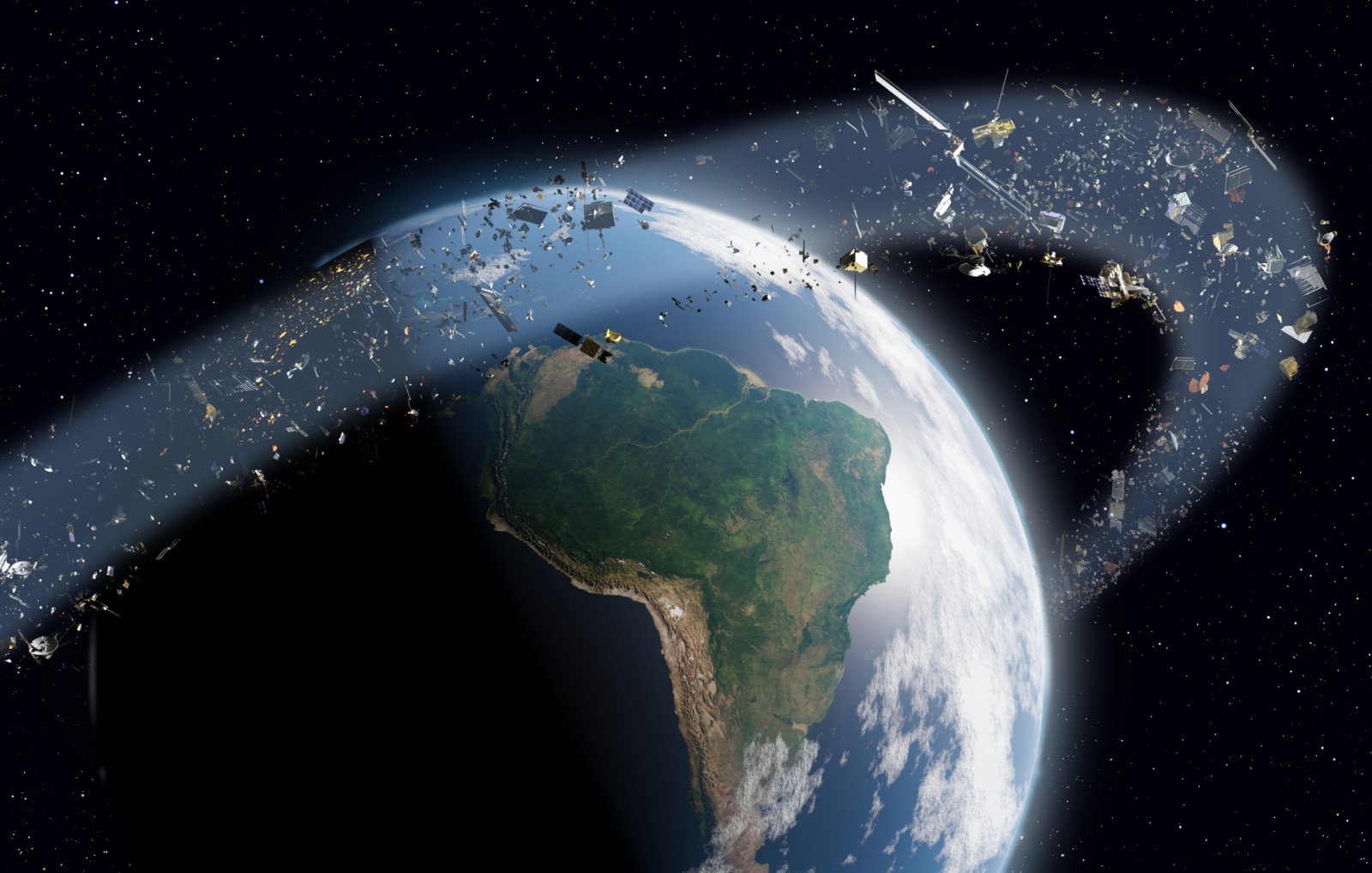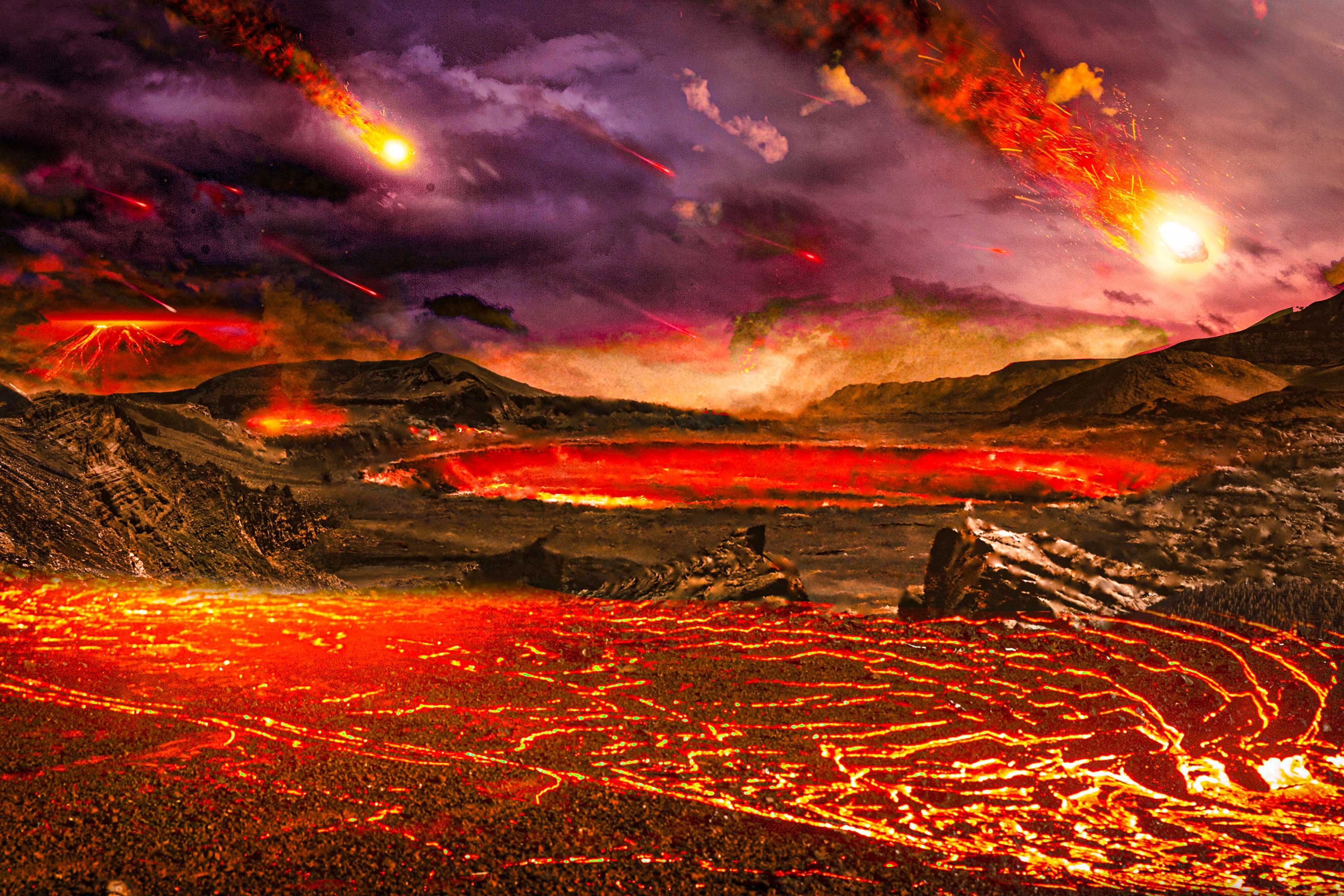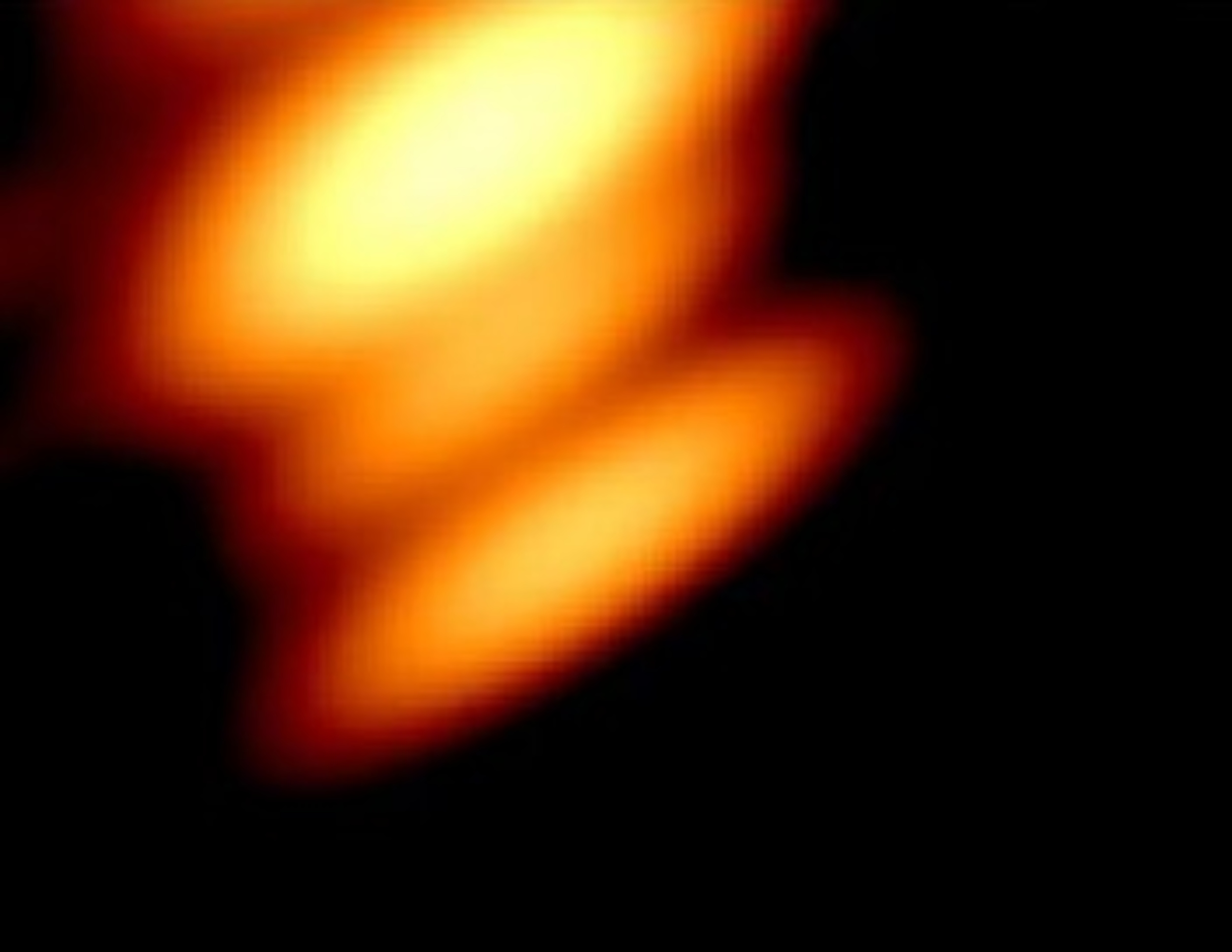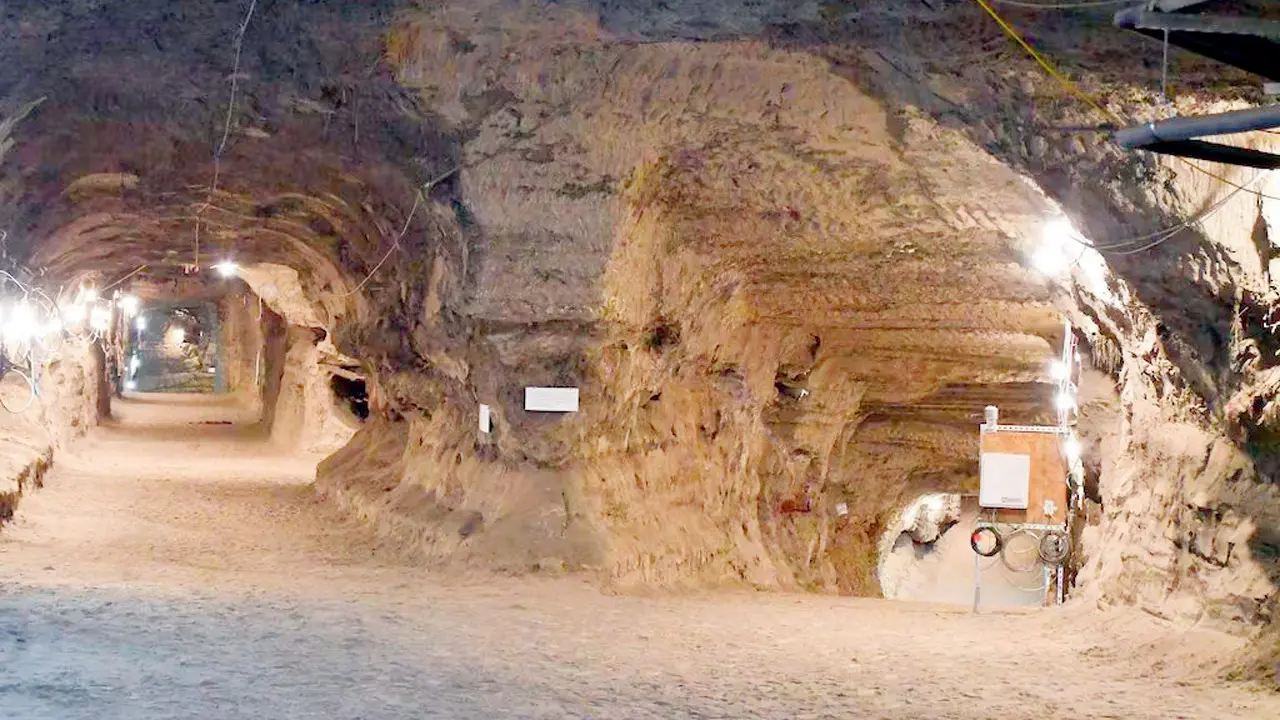Unbelievable Discovery: Did Life's Building Blocks Arrive from Space?
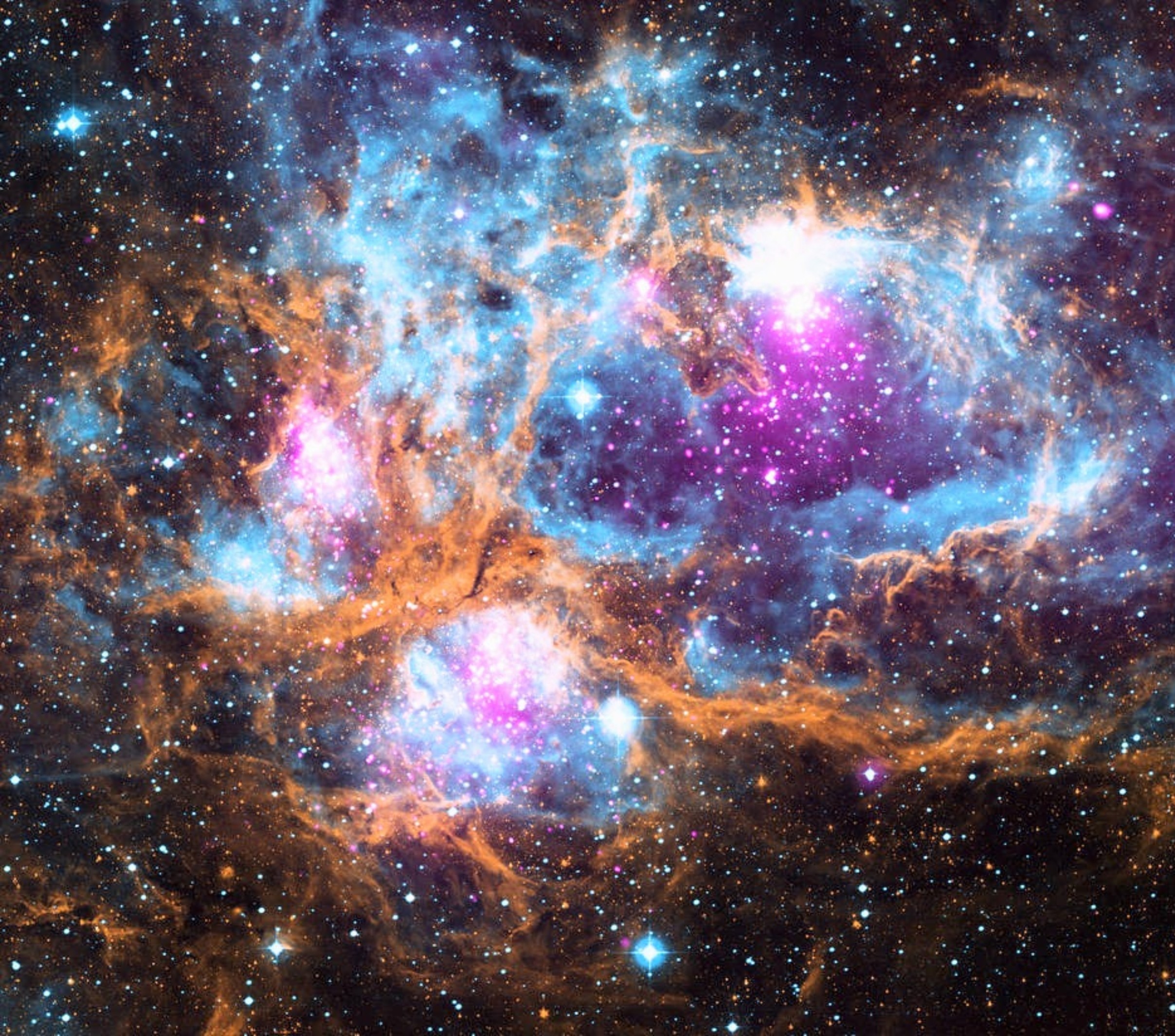
Have you ever wondered if life on Earth actually hails from the stars? Recent research suggests that life’s first building blocks may not have originated here but instead hitchhiked their way on interstellar dust!
Scientists Stephen Thompson and Sarah Day from the Diamond Light Source have added weight to the idea that cosmic delivery could be a key player in the origin of life debate. Their study focuses on simple amino acids, which are crucial for life, and explores the possibility of these essential molecules traveling from outer space to our young, warming planet.
The researchers zeroed in on amino acids like glycine and alanine, two of the simplest yet most vital components for life. They sought to answer a profound question: Can these molecules stick to dust grains, endure extreme temperatures, and reach Earth in a state ready to spark life?
To simulate conditions in space, the team created tiny particles of amorphous magnesium silicate, a primary ingredient found in cosmic dust. They then deposited the amino acids onto these particles and heated them gently, mimicking the temperature changes dust would experience as it moved through the early solar system.
Using advanced techniques like infrared spectroscopy and synchrotron X-ray powder diffraction, the researchers monitored real-time chemical changes. They observed how the amino acids reacted when exposed to heat, revealing which molecules clung to the dust grains and which ones vanished.
Interestingly, glycine and alanine stood out for their resilience. Alanine was particularly robust, maintaining its stability at surprisingly high temperatures when bound to the mineral grains. Glycine, however, desorbed at lower temperatures, indicating it might not chemically decompose but simply let go of its grip.
The researchers took their study further by examining how amino acids behaved on dust grains with different chemical properties. Notably, the surface chemistry of the dust acted as a “quiet gatekeeper,” influencing which molecules would survive the harsh journey through space.
Moreover, they discovered a distinction between two forms of alanine (L- and D-alanine). The L-form reacted better under heat, a crucial factor, as life on Earth predominantly favors L-amino acids. This finding hints at a fascinating possibility: mineral surfaces could guide the selection of molecules in space.
As Earth was bombarded by micrometeorites billions of years ago, it created a perfect environment for these cosmic deliveries. Studies of samples from comets and Antarctic micrometeorites reveal that our solar system is rich in organics, suggesting these tiny space travelers may have provided the building blocks necessary for life.
But this research extends beyond our planet. It emphasizes that the origins of life are intricately connected to geology, physics, and chemistry. If interstellar dust acts as a filter for organic molecules, other worlds around distant stars might be equipped with their unique chemical toolkits, depending on their mineral compositions.
The findings also bridge a critical gap between laboratory experiments and real-world observations, paving the way for upcoming missions targeting pristine cosmic dust. By studying these organic signatures, we can deepen our understanding of life's possibilities across the universe.
This study serves as a reminder that unraveling the mystery of life’s origins requires teamwork across various scientific disciplines. It’s not just about chemistry—it’s about astronomy, geology, and everything in between. If life on Earth began as a cosmic recipe, it's the mineral grains that may have played the role of the chef!
This groundbreaking study is published in the Monthly Notices of the Royal Astronomical Society.

















